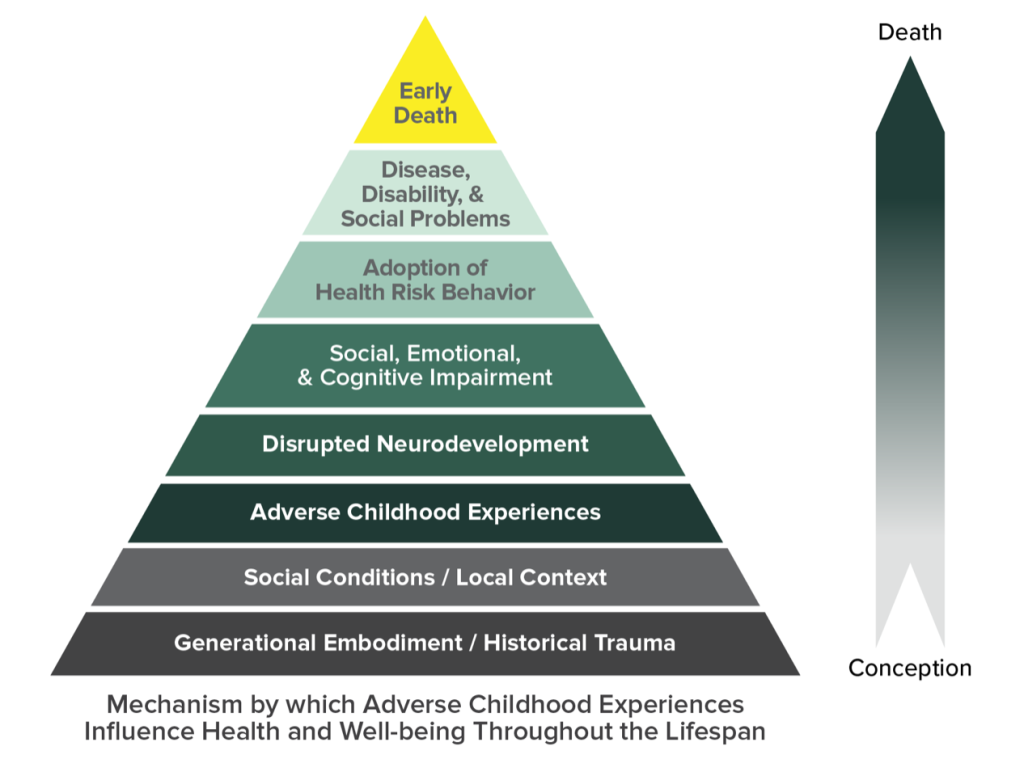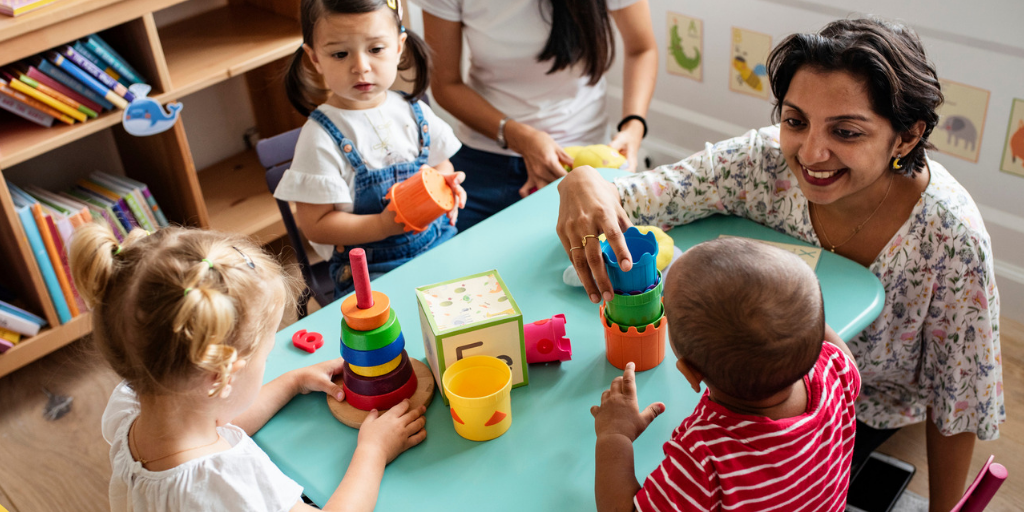The Necessity of MIECHV Reauthorization: Children Benefit

As the second part of FFYF’s blog series on the necessity of MIECHV reauthorization, this blog focuses on the ways in which children benefit from home visiting programs. The birth to five period is a key time for growth and development, and home visitors provide tailored services like teaching positive parent skills and parent-child interactions, promoting early learning in the home, and conducting screenings/facilitating early diagnosis and intervention for a range of developmental delays and disabilities.
Addressing Adverse Childhood Experiences
High-quality supports are critical because the first few years of life set the foundation for children’s future health, learning, and behavior. Given a child’s brain is at its most adaptable during this time repeated exposure to stress without the benefit of buffering protection of a supportive, adult relationship has been termed toxic stress and can forever alter a child’s health, development, and wellbeing. The birth to five period is particularly crucial for the prevention of adverse childhood experiences (ACEs), which are defined as high-stress events that can serve as predictors of a multitude of both short and long-term health outcomes.MIECHV programs can serve as a vital touch-point to screen and treat the health impacts of ACEs for children.
Among many other services, MIECHV home visitors screen for and help to prevent ACEs, which assess childhood exposure to physical, sexual, or psychological abuse, violence occurring against the mother, having someone in the house with a substance use disorder or who has beenmentally ill or suicidal, or having a parent who had ever been incarcerated. Early intervention and routine, timely screening among young children can help to provide targeted clinical interventions to mitigate toxic stress, reduce the accumulation of exposures to adversity, and improve health outcomes.
Screening and Support Services
Without targeted screening and support services-such as those provided through MIECHV-children face lifelong health struggles. Individuals who experienced four or more ACEs before 18 had between a four and 12 times increased risk for a variety of conditions including substance use disorders and depression. They also had an increased risk of severe obesity, with a relationship to heart disease, cancer, chronic lung disease, and liver disease.
Similar trends were seen in asthma, suggesting that even in childhood, the presence of ACEs can negatively impact children’s physical health.Children who experienced any ACEs were also associated with increased emotional, developmental, and behavioral (EDB) problems, and the presence of two or more ACEs was highly correlated with the EDB problems. Figure 1 below outlines the cumulative impacts of ACEs and other environmental stressors on health across the lifespan. MIECHV’s role in preventing and mitigating the negative impacts of ACEs has profound lifelong physical, mental health, and behavioral impacts on the children who participate.

A Lifetime of Benefits
High-quality home visiting programs not only benefit children while they are young, but the impacts last throughout their lifetime. By focusing on preventing child abuse and neglect- as well as promoting positive parenting practices-home visiting programs help ensure that children, as well as parents, are less likely to be involved in the criminal justice system. According to one longitudinal study by Nurse-Family Partnership (NFP), a MIECHV-funded home visiting program, by the time children reach age 15, children in NFP had half as many verified incidents of child abuse and neglect as children in the control group who were not in NFP. By age 19, children in the control group had twice as many arrests and more than twice as many convictions as children who were receiving services through NFP.
In addition to the physical and mental health benefits for young children, MIECHV also plays a key role in ensuring children grow up and continue to live in safe environments. MIECHV is a critical piece of the continuum of care for children from birth through age five and is making tangible, long-term benefits for children across the nation.
Subscribe to FFYF First Look
Every morning, FFYF reports on the latest child care & early learning news from across the country. Subscribe and take 5 minutes to know what's happening in early childhood education.



